Hey! Are These Heating Challenges Slowing Down Your Projects?
At Danyu Electronics, we offer full turnkey polyimide flexible heaters solutions to solve these problems. Our polyimide flexible heaters—often referred to as Kapton polyimide flexible heaters—are designed to deliver stable heat output, fit into tight spaces, and withstand challenging environmental conditions.
In this guide, we’ll explain how they work, why they’re ideal for sensitive equipment, and what you need to know before selecting one for your project.
A polyimide flexible heater is a soft, bendable thin-film electric heating device. It consists of a metal foil or metal wire as the internal conductive heating element (heating strip), enclosed within a polyimide film that serves as the external insulating layer. During manufacturing, the heating element is embedded into the polyimide film housing and laminated together under high temperature and high pressure.
Polyimide heating films also called Kapton polyimide flexible heaters. The term “Kapton” refers to DuPont’s proprietary polyimide film, which has become the industry standard for flexible heater insulation thanks to its excellent dielectric strength and resistance to chemicals, moisture, and wear.
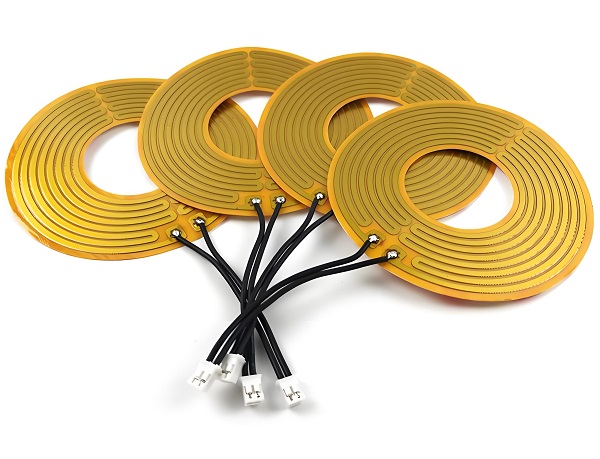
The working principle of the polyimide heater strip is based on converting electrical energy into heat via the metal heating element and transferring that heat through the polyimide film to the object being heated. Here’s how it works:
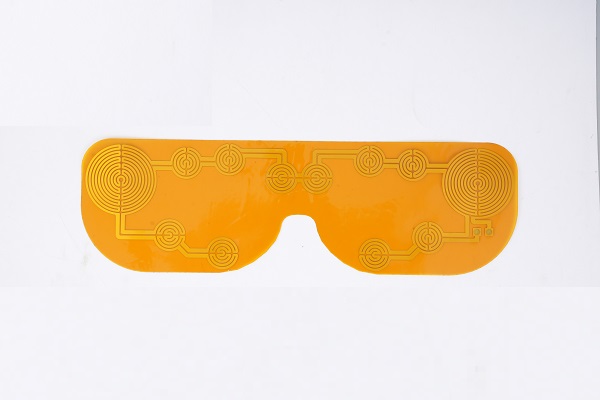
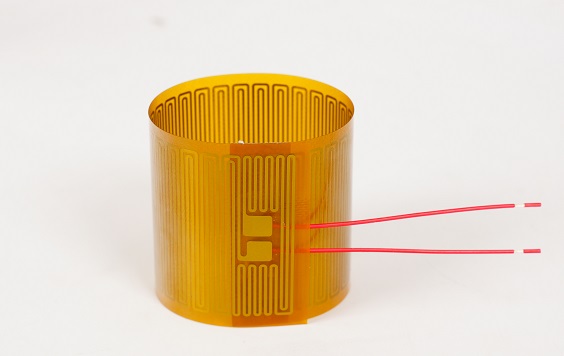
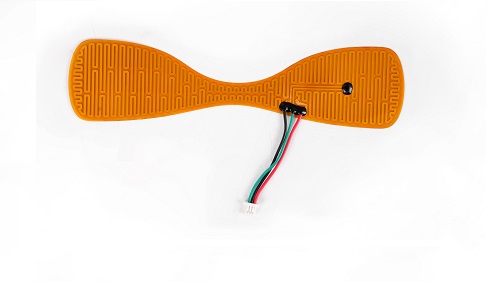
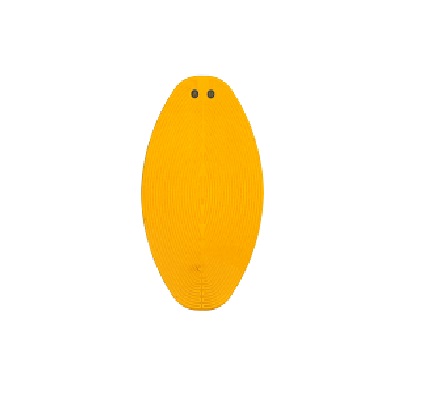
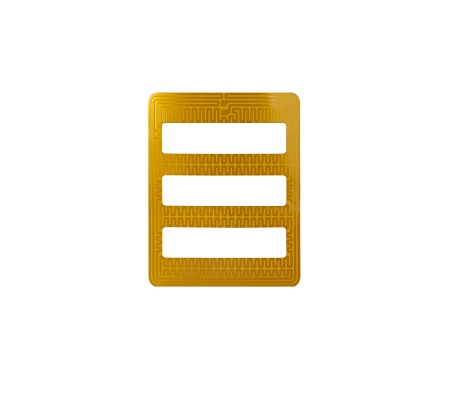
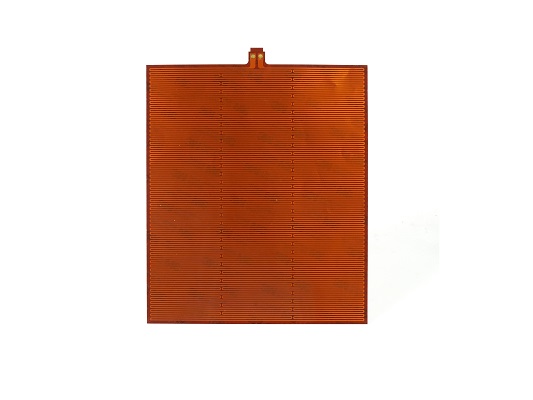
Flexible polyimide heaters (also known as PI flexible heaters) are widely used to protect and maintain the performance of sensitive equipment due to several key advantages:
These heaters can be as thin as 0.007 inches (0.18 mm), making them ideal for devices with strict space and weight constraints.
The molecular structure of polyimide results in minimal gas release, avoiding contamination of sensitive sensors and interference with device operation, especially in ultra-clean environments.
Unlike conventional convective heating, polyimide flexible heaters provide uniform, direct-contact heating in vacuum or airless environments, solving many heating challenges in aerospace and scientific instrumentation.
The heating elements—etched foil or wire-wound—allow precise temperature control. This minimizes hotspots and cold zones, protecting delicate components from thermal stress.
The production process for polyimide flexible heaters involves several key steps:
1. Polymerization (Solution Polymerization)
Di-anhydride and diamine monomers are dissolved in organic solvents, then catalyzed and accelerated by heating and stirring. This produces polyamic acid, which dehydrates and cyclizes to form polyimide (PI).
2. Casting and Stretching (Tape Casting / Tape Stretching)
The polyamic acid solution is cast onto stainless steel sheets, then heated in ovens to remove solvents and complete the imidization, forming thin polyimide films.
3. Adhesive Coating
Adhesives such as epoxy or acrylic resins are uniformly coated on the polyimide substrate. The coating thickness is carefully controlled to ensure strong adhesion.
4. Lamination
The adhesive-coated polyimide film is laminated together with copper foil or other functional layers under high temperature and pressure, embedding the conductive heating elements within the film.
5. Post-Curing
The laminated film is heated for an extended period at high temperatures to fully cure the adhesive and enhance structural strength.
6. Modular Design and Customization
Based on customer requirements, dimensions, shapes, and power ratings are customized. Conductive elements are printed or patterned directly into the PI film to achieve precise heating characteristics.
7. PTC / Fixed Power Heating Modes
Electrical energy is converted to heat via conductive elements. PTC (Positive Temperature Coefficient) heaters automatically adjust heat output for safety and efficiency, while fixed power designs maintain constant heating levels.
These flexible polyimide heaters operate over a wide temperature range, typically from -40°C to 280°C. They are widely used in:
Polyimide heaters can be used in various fields in our daily life, some consumer products also including hand warmers, heated insoles, heated shoes, heated gloves, heated mouse pads, defogging mirrors, and aquarium heaters.
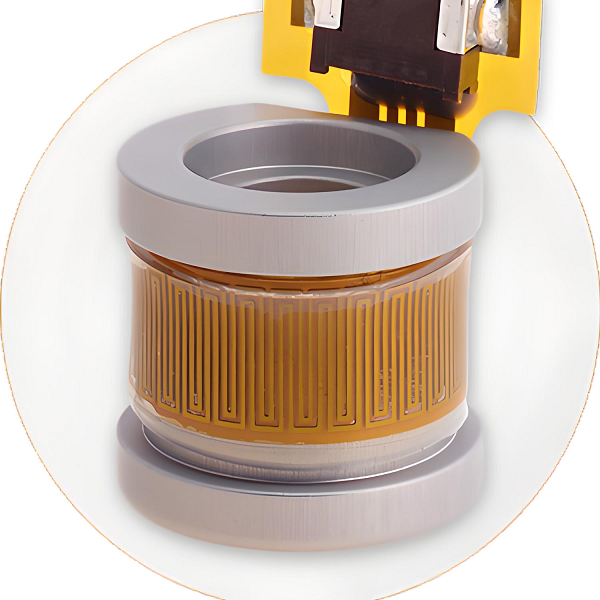
Under proper operating conditions, a polyimide heater strip can last tens of thousands of hours.
Factors that affect lifespan include:
When correctly matched to the application, these heaters provide long-term reliability without frequent replacements.
The same as printed circuit boards, the price of a polyimide flexible heater depends on several key elements:
Q1: Can they be used in vacuum environments?
Yes. Kapton has low outgassing, they are suitable for aerospace and space applications.
Q2: Are they safe for medical applications?
Absolutely—when manufactured under relevant safety standards, they’re widely used in medical instruments.
Q3: How fast do they heat up?
Thanks to low thermal mass, they can reach the desired temperature in seconds to minutes.
Q4: Can they be combined with sensors?
Yes. Thermistors, RTDs, or thermocouples can be embedded for closed-loop temperature control.
Simply drop your email or phone number in the contact form, and we'll promptly reply you shortly.